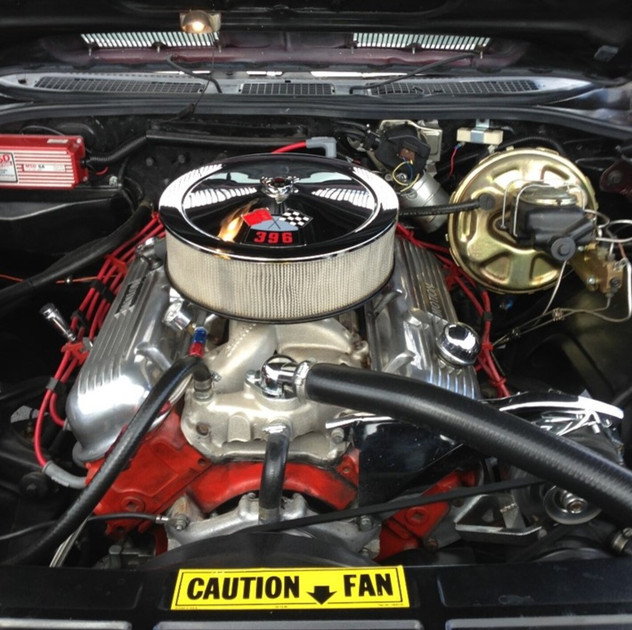Proper Engine Break-In Procedure for Classic Cars
Posted by Bob Scholem on Dec 24th 2021
BY BOB SCHOLEM
https://classicautoadvisors.com/
Proper engine break-in procedure is critical to the heart of your classic car.
You have one chance to break-in an engine correctly. Doing it the right way is worth power, torque, and engine longevity. We walk you through the ideal way to break in a new or freshly built engine.
The right steps during this procedure can save your engine, your bank account, and your sanity.
Start with an Engine Inspection
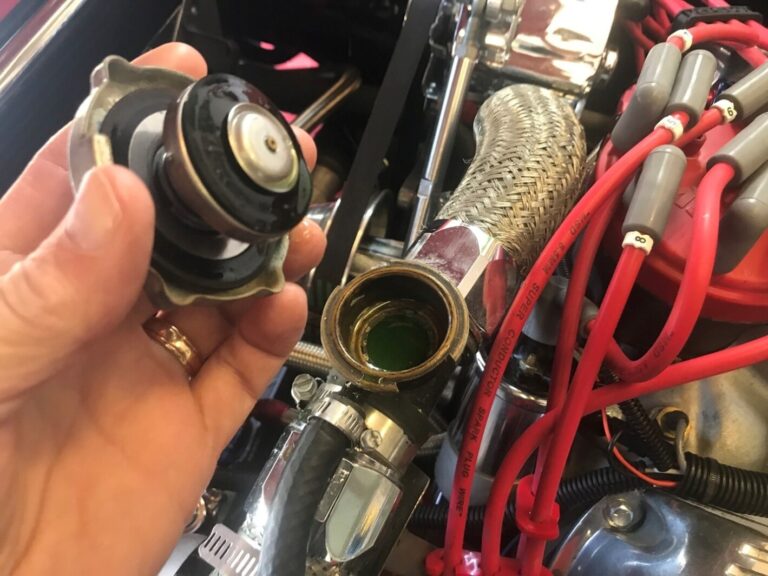
Before you start the engine, ensure that all accessories, such as the headers, alternator, and power steering pump, are tight and check for any water or oil leaks. Even if your engine came as a complete, turnkey assembly, it is best to check all major components such as the distributor, spark plugs, ignition wires, carburetor. These items could have been damaged or disturbed during shipping.
Oil Considerations
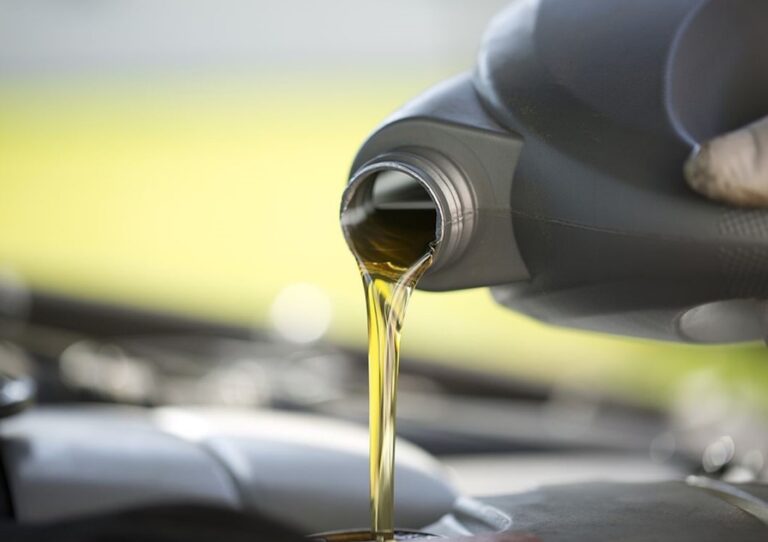
When installing an oil filter, fill it about half-way with oil, lube the rubber gasket the surrounds the filter with oil, and then tighten by hand. Consider using a premium brand oil and filter—a cheap filter will not be cheap if it costs you an engine. Use a 5w-30 or 10w-30 motor oil with an engine break-in additive (ZDDP or zinc camshaft additive), especially with flat tappet camshafts.
Prime the Oil Pump
To avoid dry start-up, it is best to prime the oil system with an engine-priming tool or a pre-lubber, even if the engine has already been dyno tested.
Use Conventional Oil Wisdom
Even if you plan to run synthetic oil, you should break a new engine in with a conventional, mineral-type engine oil for the first 4,000-plus miles. If you fail to follow this procedure, the piston rings may never seat.
Change Oil Often
On freshly built engines, you will need to change your oil and filter much more frequently. After using a break-in oil, you should change your oil at 50 miles, 500 miles, and 1,500 miles. Again, at 4,000 miles or so, it is fine to switch to a synthetic oil if you choose.
Timing is Everything
Set the ignition timing after starting the engine. The starting point for most carbureted engines is 34 degrees before top dead center with vacuum advance disconnected at 3,000 rpm. Some experimentation with timing is required for optimum results with locally available fuel, but it should be between 32-38 degrees BTDC.
Take Care of Your Flat Tappets
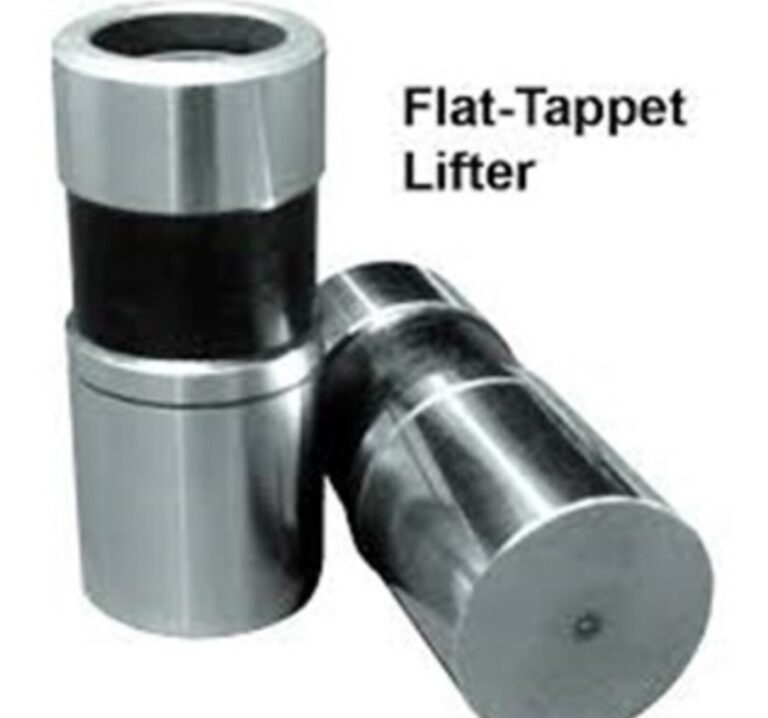
If your engine uses a hydraulic flat tappet camshaft, keep the engine between 2,000 and 2,500 rpm, with no-load on the engine for the first 30 minutes. This is critical to break in the camshaft, although roller cams really do not need to follow this step.
Keep Your Cool
Most often, the cooling system on a fresh engine swap will have a lot of trapped air, which will lead to wild temperature gauge readings and possible water pump cavitation. To help alleviate trapped air in the cooling system, fill the cooling system with a 50/50 mix of quality coolant and water a few hours before you plan to start the engine. Leave the radiator cap off during this time. This tends to help purge a fair amount of trapped air before you start the engine. You can also use a lever-vent type radiator cap on your radiator so you can manually purge trapped air while the engine is running. Your normal cap can then be re-installed after the engine cools off.

Vary the Load for Initial Break-In
For the first two hundred miles, drive the vehicle with varying speeds and loads on the engine. Occasional full throttle runs from a rolling start (2,000 rpm or so) to 4,500 will help seat components such as piston rings, but the engine should be cooled after doing this. Also, it is wise to check rocker and valve clearance after 150-200 miles to ensure adjusters are tight and lash is proper. Re-check again at about 500 miles.
Break-In Plan
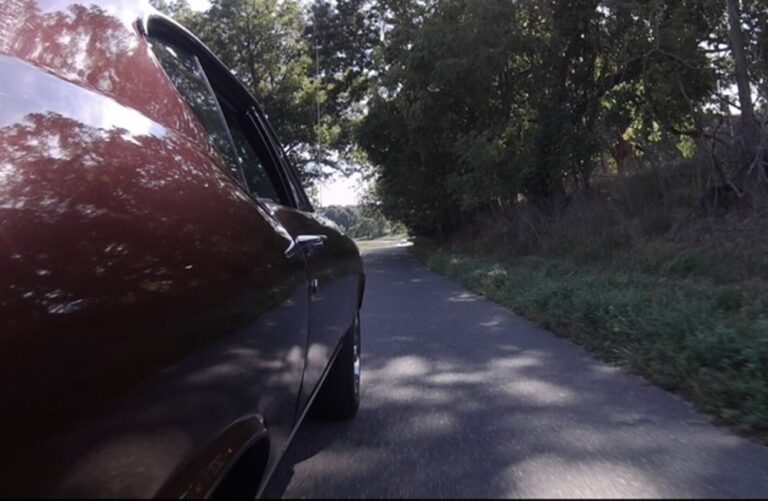
The following engine break-in procedure will help speed up the break-in process:
- Make five or six medium-throttle accelerations to about 4,500 rpm before letting off in gear and coasting back down to 20 miles-per-hour.
- Run a couple hard throttle accelerations up to about 5,000 rpm and once again coast back down to 20 miles-per-hour.
- Do not “lug” the engine. That is, do not shift too soon and put the engine under load when you reach the next gear. I find this to be the most important.
- Let the engine cool, change the oil and filter, and check the coolant level.
- Drive the next five hundred miles normally, keeping the engine below 5,000 rpm and minimizing operation at idle.
Finally
Proper engine break-in procedure is critical to the heart of your classic car.
Over the years I have had to install rebuilt engine in my car restoration projects whether it was rebuilding of the existing engine, or simply installing a “crate” engine. The procedure above has worked flawlessly on every one of those engines and allowed me to drive that rebuilt engine trouble few for many years.

